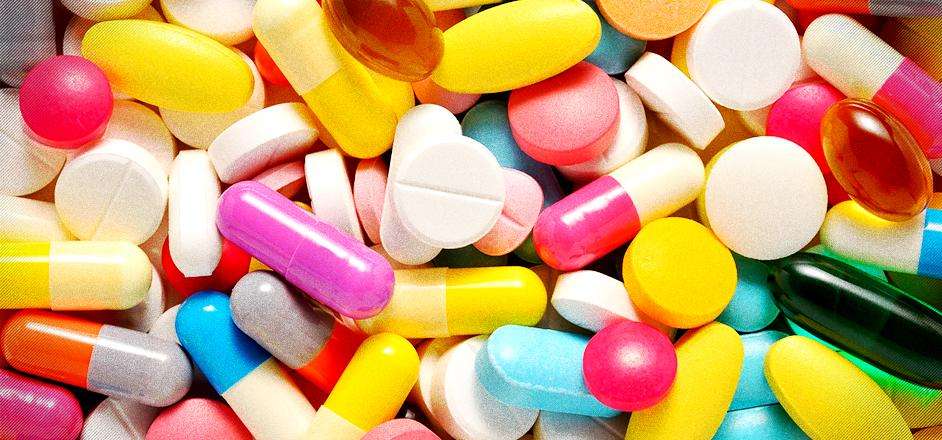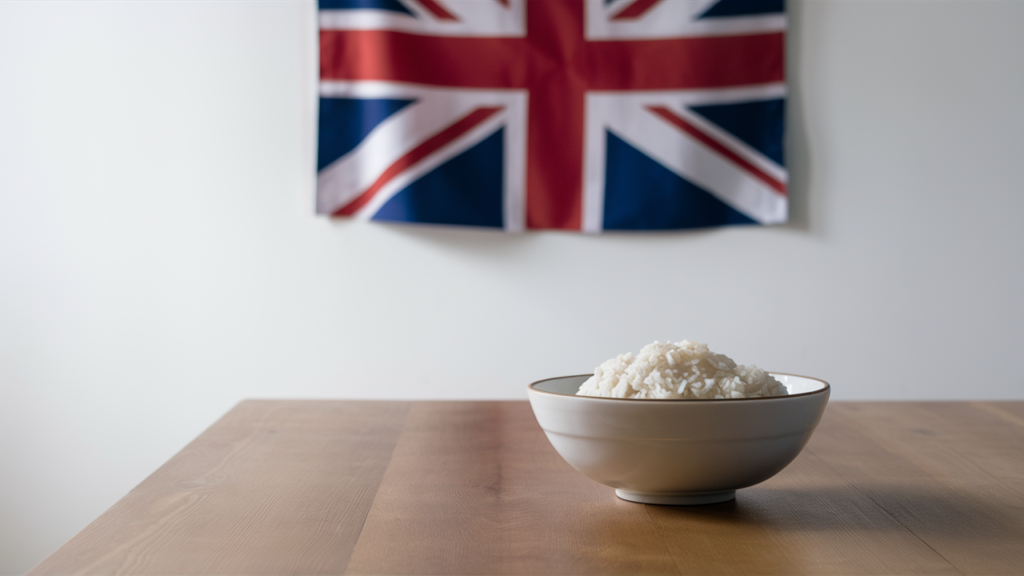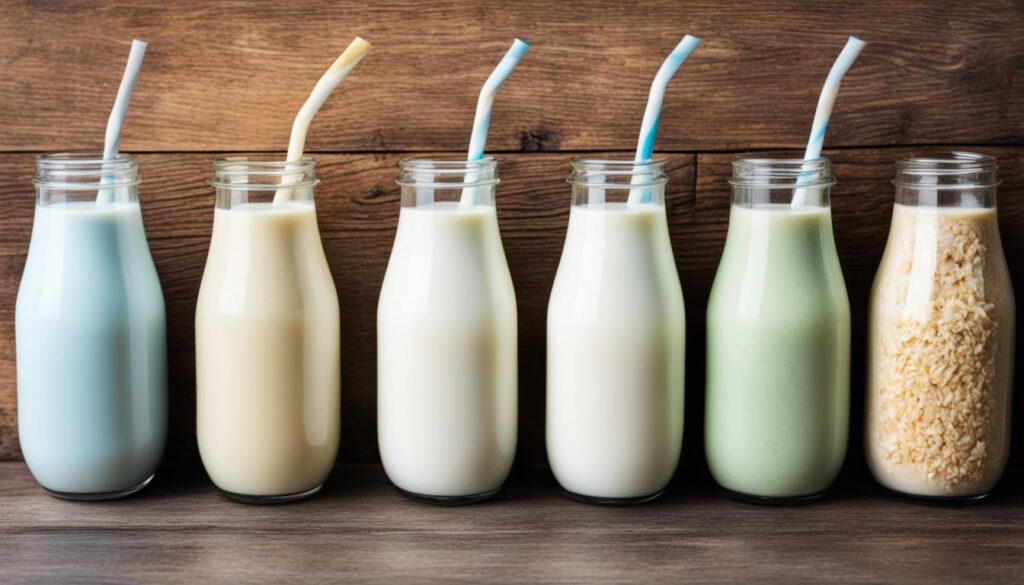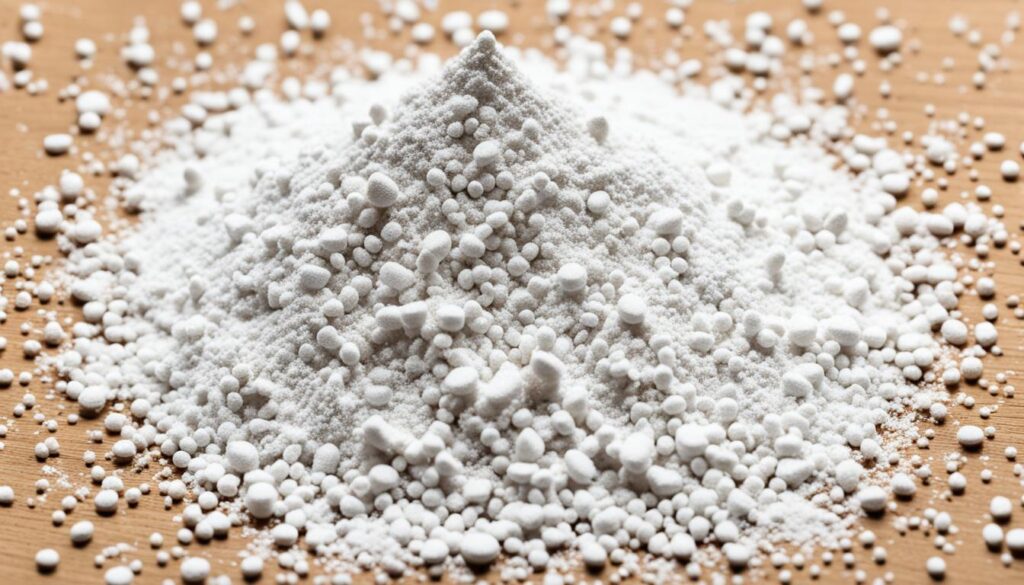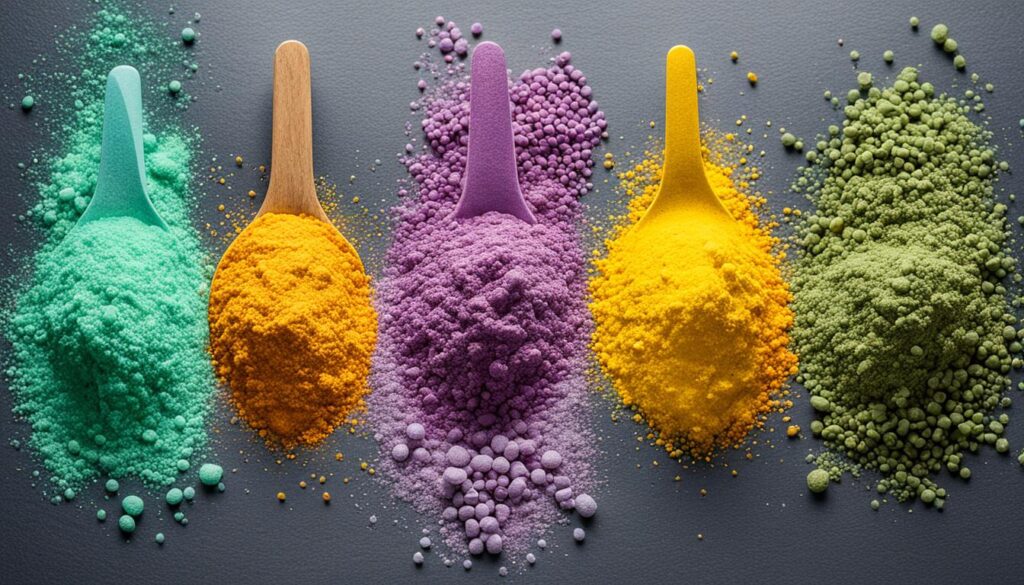Introduction
Much like in the food industry, in pharmaceuticals, maltodextrin acts as a filler. Capsules often contain maltodextrin since it neither adds nor detracts from the medicinal content while stabilizing the drugs.
Maltodextrin which is obtained by partial hydrolysis of starch is water-soluble, non-sweet product due to which it is used as diluents in tablets and coating material in microencapsulation of various sensitive nutraceuticals like vitamins has other applications in the pharmaceutical industry as well.
BULKING AGENT
According to the European Patent Application:
In one aspect the present invention relates to the use of maltodextrin as an excipient, wherein said maltodextrin has a dextrose equivalent (DE) between 17 and 23 and water activity (AW) below 0.1. An excipient, as herein defined, refers to a substance formulated alongside the active ingredient and it is included for the purpose of long-term stabilization, bulking up solid formulations that contain potent active ingredients or to confer a therapeutic enhancement on the active ingredient in the final dosage form, such as by enhancing solubility. The excipient can be referred to as “bulking agents”, “fillers”, or “diluents”. It can be used when making capsules, sachets, or other formats with an appropriate healthy dose of the active ingredient.
IN OINTMENTS
Maltodextrin is used in medicinal ointments effective on infected and non-infected wounds. Powder rapidly becomes a gel in moist wounds to quickly adhere to tissue and protect against dehydration.
Quickly penetrates all wound irregularities Non-toxic and not absorbed systemically. Controls odors while decreasing the amount of purulent exudate. Helps maintain an environment beneficial for the growth of granulation tissue and epithelial proliferation
IN SEVERAL MEDICINAL GELS
A hydrophilic Maltodextrin wound dressing clinically proven to promote the growth of granulation tissue and epithelial proliferation. Quickly fills the wound site, rapidly mixing with the exudate to form a protective coating that maintains an ideal moisture balance to protect against dehydration. It is available as a powder for moist and wet wounds or as a gel for dry and minimally draining wounds.
For use on all wound types, including infected, hard-to-heal wounds. Specifically formulated to provide topical nutrients to wound sites, creating a natural healing environment. Non-toxic and not systemically absorbed. Controls odor while decreasing purulent exudate. Penetrates all wound irregularities to fill tunneling and undermining. Softens necrotic tissue to facilitate debridement primarily dressing
In ORS
Early research has shown that using Maltodextrin instead of glucose in oral rehydration solutions (ORS) will help people who are suffering from diarrhea. In this regard, solutions with lower sodium and glucose-polymer content, as opposed to solutions with higher sodium and higher osmolality due to the use of glucose, can provide nutritional benefits in the oral rehydration of acute infantile diarrhea.
The osmolality of the saccharide increases with increasing Dextrose Equivalent at the same dry-weight concentration. The osmolality of Maltodextrin is slightly lower than that of disaccharide sugars when measured by weight.
COATING CAPSULES
Maltodextrin is considered a good coating material because it exhibits a low viscosity at high solids contents and also shows good water solubility. Besides, it is known that polysaccharides have gelling properties and stabilizes emulsions towards flocculation as well as coalescence.
Maltodextrin can be used as a coating material to encapsulate nutraceuticals such as vitamins. It is a white, tasteless powder without having its pharmacological activity enables it to be used extensively as a diluent as well as a co-processing excipient to make certain drugs’ direct compression compatible.
CONCLUSION
Various applications of Maltodextrin are studied. Among all the carriers evaluated Maltodextrin was found to provide more entrapment efficiency of the drug.
Further, Maltodextrin was found to be safe and non-toxic, free-flowing, poor solubility in the loaded mixture solution, and good water solubility for ease of hydration. The film-forming capacity and its ability to withstand high temperature are used in fast dissolving oral films which is a convenient dosage form for pediatrics as well as geriatric.



